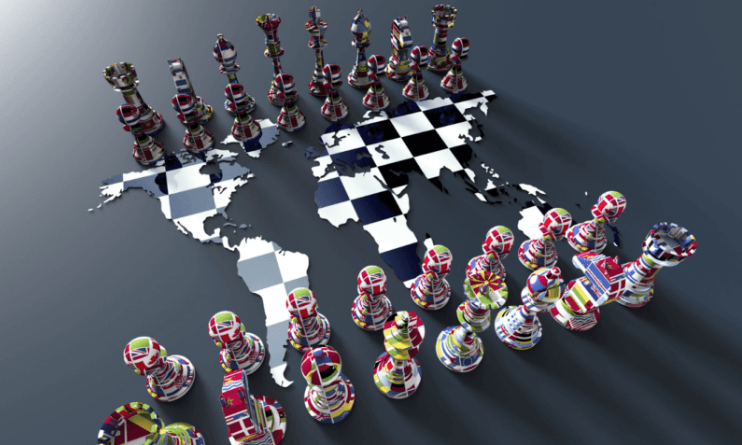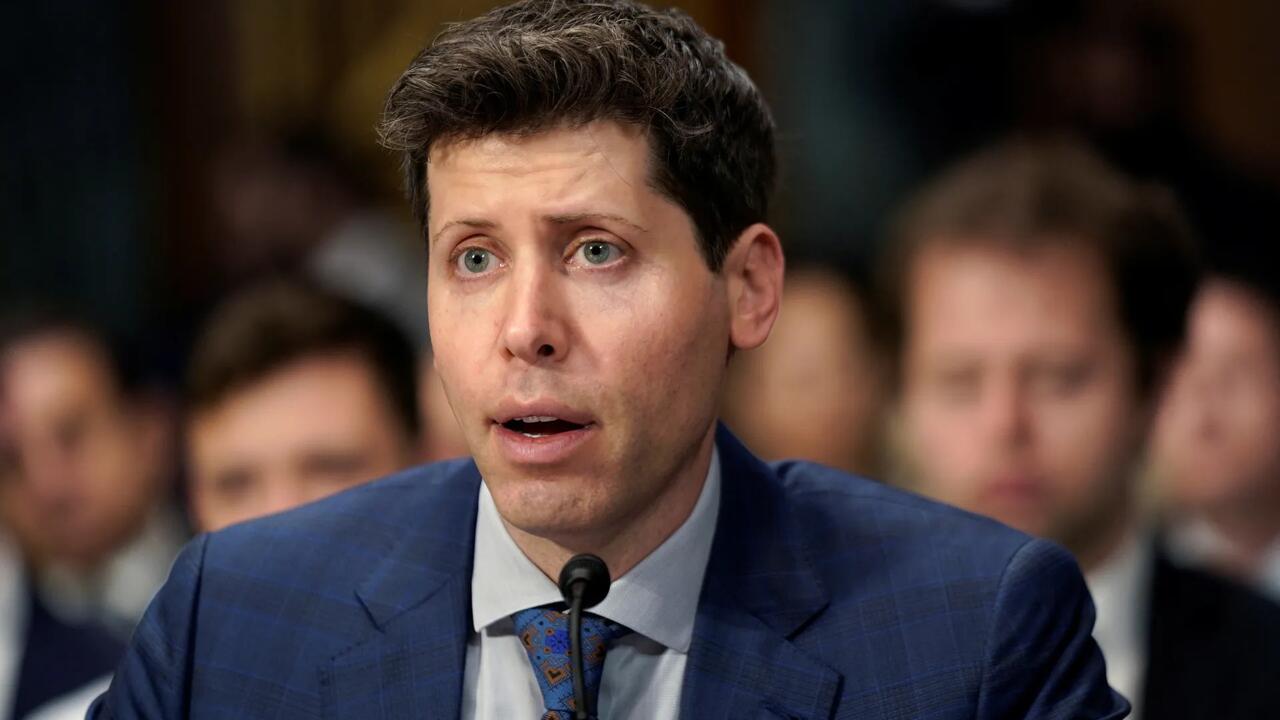“If you have built castles in the air, your work need not be lost; that is where they should be. Now put the foundations under them.”
~ Henry David Thoreau
Written by Bryan Lutz, Editor at Dollarcollapse.com:
“Energy Castles” are quietly reorganizing the collapsing world.
Savvy investors will pay attention to the changes happening right now, and the companies building these castles.
Here are some companies that profited in the last major tech innovation:
For example, in the 1990s, Cisco rapidly expanded, and investors made millions…
That’s because they supplied the infrastructure to businesses adopting the internet.

After the dot com bubble popped, Cisco dropped about 80%, went sideways for nearly a decade, and then started to climb back up.
Cisco started winning again in 2015 when they began transitioning from a hardware-centric company to one focused on software and services, emphasizing areas like cybersecurity, cloud computing, and the Internet of Things (IoT).
However, Cisco is just one popular example. Most people remember it because they were so close to businesses, hitting the news everywhere.
Other companies, the ones that made sending an electronic mail from North America to Europe in under 5 seconds, they were the ones laying the cable.
Several quiet companies laid cable, and maintained massive global networks from one continent to the other.
Here are some of those companies.
1. Global Crossing
- Founded in 1997, it played a major role in laying some of the first fiber-optic submarine cables.
- It created a massive global network, including Atlantic Crossing 1 (AC-1), connecting the U.S. and Europe.
2. AT&T
- A major telecommunications company that has long been involved in undersea cable projects, including earlier copper lines and later fiber optics.
3. Level 3 Communications
- A significant infrastructure provider that also deployed undersea fiber optic cables in the late 1990s.
Now, what’s happening is an expansion of the energy grid. New, massive cables to be laid across continents.
And it is being done in regional terms…
The world is dividing into a sort of energy-based feudal system where cables are now being laid to share sustainable, renewable energy from one region to the next.
OilPrice.com reports:
The Rise of Intercontinental Energy Grids
“As the world becomes more globalized, the idea of power-sharing is growing more popular.
Several countries around the globe already have interconnected energy infrastructure, benefitting from one another’s natural resources to boost their power.
Meanwhile, many countries are pursuing a green transition by investing heavily in the development of their renewable energy capacity.
However, some regions of the world have more abundant renewable resources than others, suggesting the need for new power-sharing networks to be developed.”
U.K. and North Africa are becoming inextricably linked:
“The U.K. is developing the Morocco-U.K. Power Project, Xlinks’ flagship project to supply millions of British homes with renewable energy produced in North Africa via a 4,000 km subsea cable.”
Greece and Italy are becoming linked to Egypt and Tunisia:
“Other projects being developed include the GREGY initiative between Greece and Egypt and the ELMED-TUNITA project between Tunisia and Italy. GREGY has been in the works since 2008.
The Greek Copelouzos Group has earmarked €4.2 billion to construct a submarine electricity cable with bi-directional power transmission capacity to transfer 3 GW of electricity a year.”
Europe is in exploration phase to connect Europe with North America:
“Europe is also exploring connectivity options with North America, which is more challenging due to the distance involved.
Three players are investing in the development of the technology needed to link the two continents through the North Atlantic Transmission One–Link (NATO-L).
The aim is to develop a 6 GW high-voltage direct current (HVDC) set of subsea cables across the Atlantic Ocean to link North America and Western Europe.”
Countries in South-East Asia are becoming connected:
“Some projects have already been developed, including regional grids such as the Laos-Thailand-Malaysia-Singapore Power Integration Project (LTMS-PIP) and the Borneo-Indonesia-Malaysia-Philippines Power Interconnection Project (BIMP-PIP).”
So, you can see with a growing reliance on energy to power developing nations, and keep developed nations prosperous too, implicit alliances, “Energy Castles” are quietly being built around the world.
Those that catch these large infrastructure projects in their initial stages will do well in whatever new economic arrangement arrives after the collapse of the US dollar.







